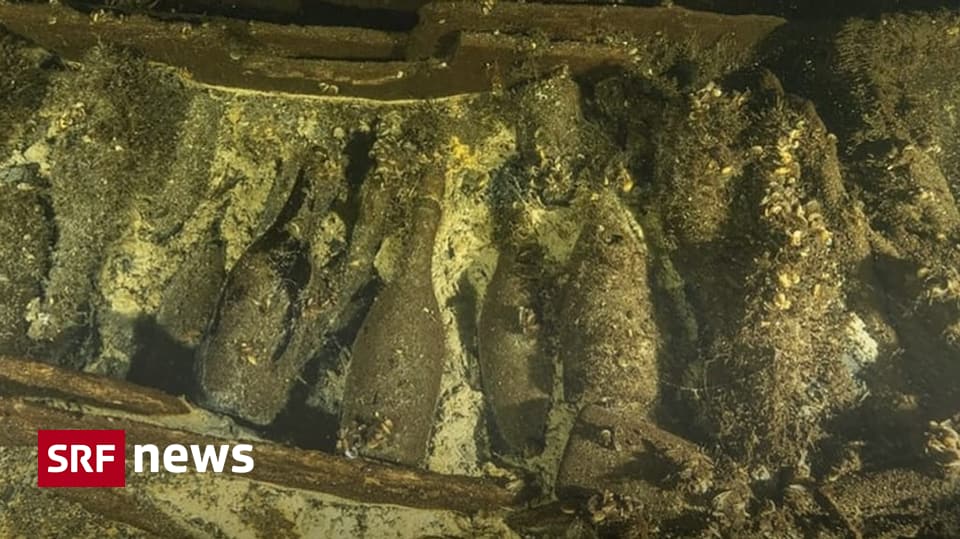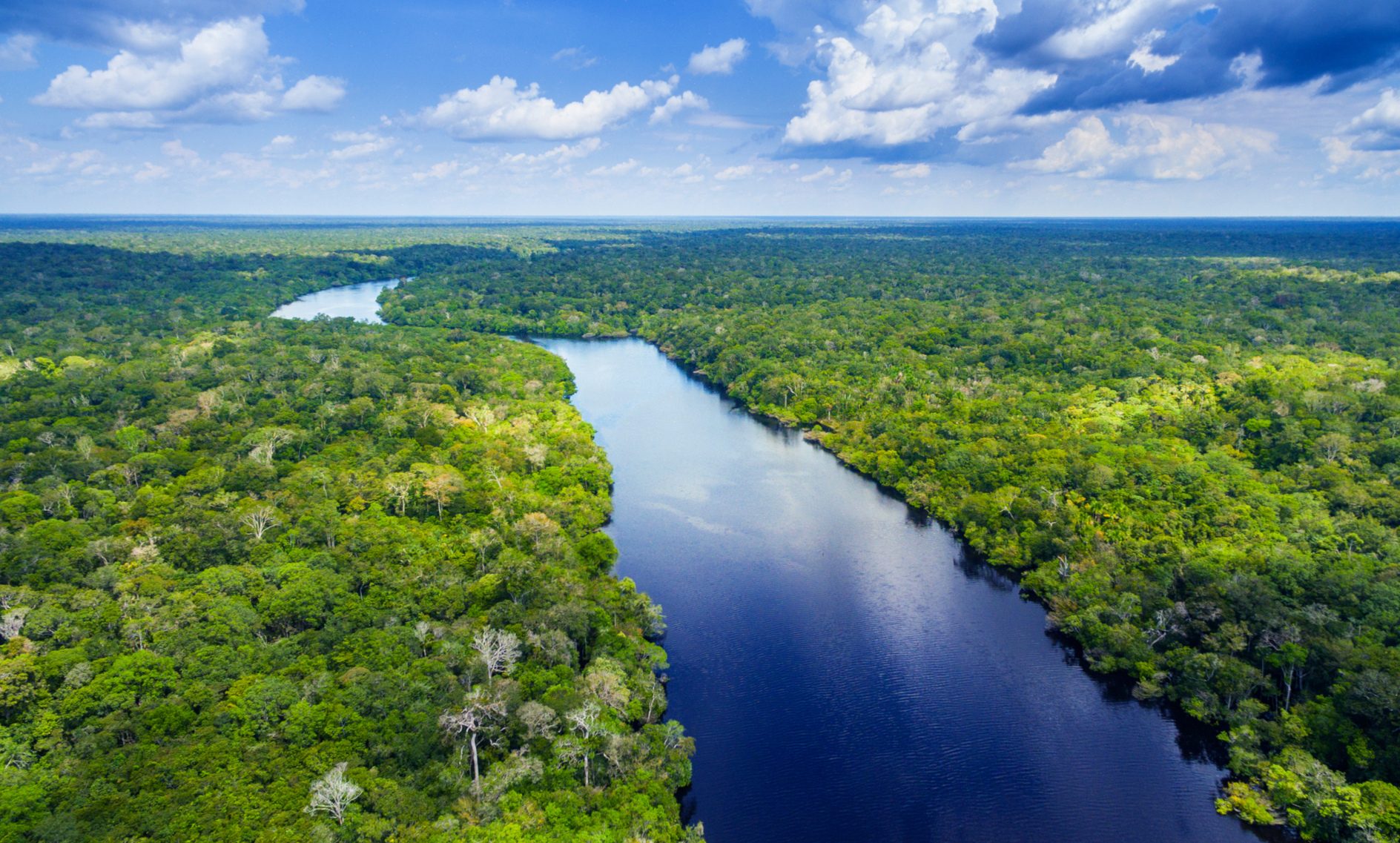Fewer trees – less rain – even fewer trees… Loss of trees in the Amazon leads to cascading effects that lead to more forest damage, a model analysis shows. For every third tree lost to drought or deforestation, another indirectly dies. The researchers say that the areas on the southern fringes of the Amazon are the most affected by the impact of the network and, accordingly, by the risk of desertification.
Huge Forest Areas with Tremendous Biodiversity: The Amazon is not only a wonderful natural wonder, it also plays an important role in the Earth’s climate system due to its function as a carbon sink. But this fertile habitat is at risk: In addition to deforestation, climate change is causing unusually low rainfall in some areas, causing problems for forests. According to climate forecasts, dry years like 2005 and 2010 in the Amazon could become the new normal from 2050 onwards. As part of their study, the team of German and American scientists has now investigated how this damage, in turn, affects the forest.
The forest makes its rain
As they explain, the forest also provides its own rain through moisture recycling: forest soils and vegetation absorb a large portion of the precipitation and then release large amounts of water into the atmosphere through evaporation and transpiration. As a result, the forest shapes the region’s weather and produces up to half of the Amazon basin’s precipitation. “Repeated droughts do indeed lead to quantifiable changes in the Amazon moisture network,” explains co-author Henrique Barbosa of the University of Maryland in Baltimore. “We are using these observations to understand and model future climate consequences.” Based on the basic information collected, the researchers developed a so-called dynamic network model, which reflects the complex effects of atmospheric moisture recycling.
As reported by the team, their results show the huge importance of the network effect. Even if the dry period affects only a specific area of the forest, the damage extends beyond this area by a factor of 1.3. “Severe droughts threaten to dry out parts of the Amazon rainforest. If the forest cover becomes thinner, this leads to less water in the system overall due to the network effect and therefore more water in the system,” says first author Nico Weunderling of the Potsdam Institute for Climate Impact Research (PIK). damage disproportionately.” While we looked specifically at the effects of drought, this rule also applies to deforestation. This means that if you cut down one hectare of forest, you are actually destroying 1.3 hectares,” says the researcher.
Critical network effect
However, as the team stresses, the drought in the Amazon region has very different regional impacts. “In the Amazon, trees and forest systems adapt differently to water availability, with some areas having a naturally pronounced dry season while others experience year-round rainfall. We explicitly take these local adaptations into account,” says co-author Boris Sakschewski of PIK. “However, we find that even those parts of the Amazon that have adapted to strong dry seasons will not necessarily survive a natural new climatic condition, and there is a significant risk that entire regions will turn into savannas or even completely treeless landscapes. The consequences for biodiversity would be catastrophic – as are those for the local, regional and global climate,” Sachowski says.
However, the situation was not yet hopeless, as co-author Ricarda Winkelmann, an expert on elemental core research at PIK, emphasizes: “A large portion of the forest remains relatively stable. Network effects from drought are likely to be limited to certain regions in the Southeast and southwest of the forest – and these are exactly those areas where the forest has already suffered significantly from human deforestation for grazing or soybeans. So we can still do a lot to stabilize the Amazon,” says Winkelman. “And we know how to do it: protect rainforests from deforestation and rapidly reduce greenhouse gas emissions, thereby limiting further global warming.”
Source: University of Maryland Baltimore County, Potsdam Institute for Climate Impact Research, article: Proceedings of the National Academy of Sciences, doi: 10.1073/pnas.2120777119

“Alcohol buff. Troublemaker. Introvert. Student. Social media lover. Web ninja. Bacon fan. Reader.”







More Stories
Is the wrong diet making you forget?
We can study it with a new telescope.
Education: Start studying astronomy at school.